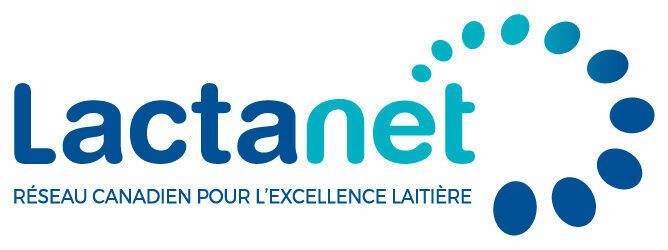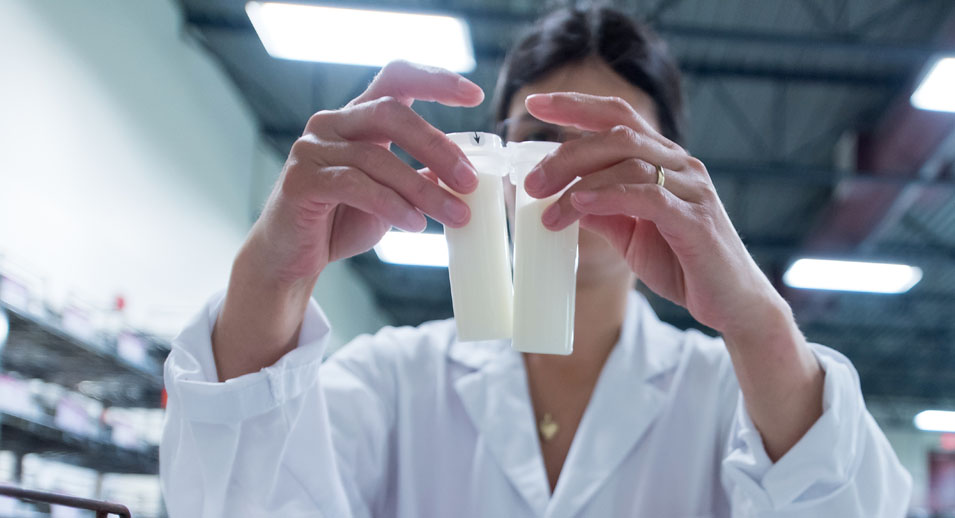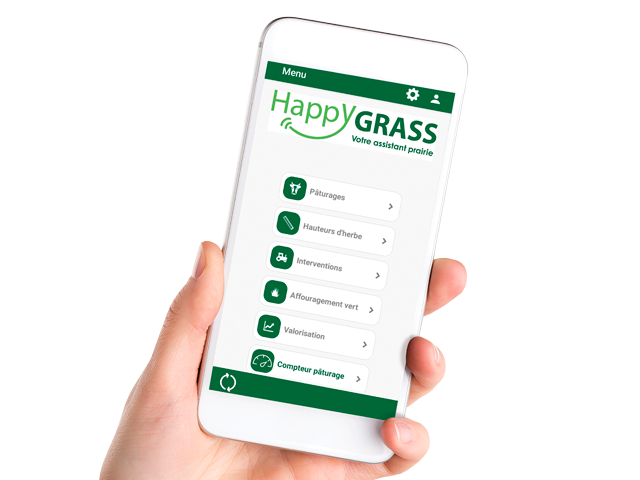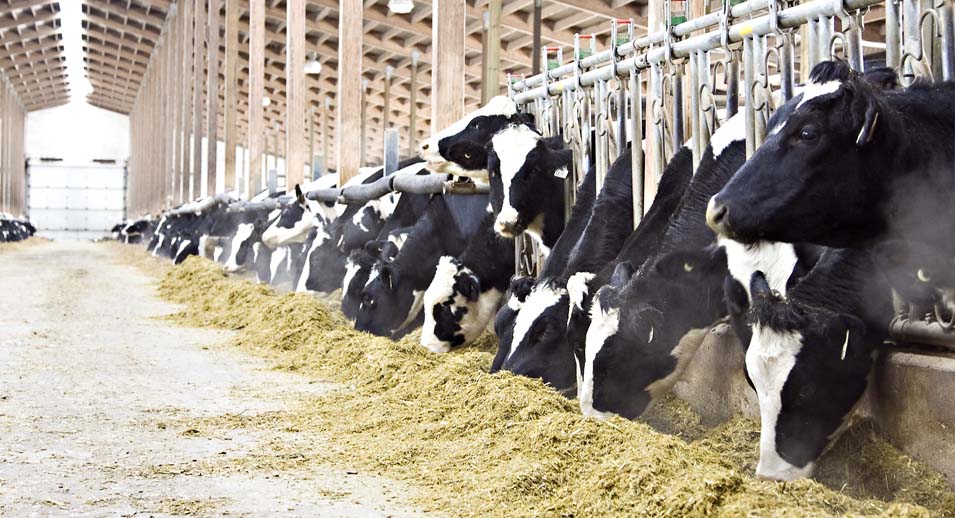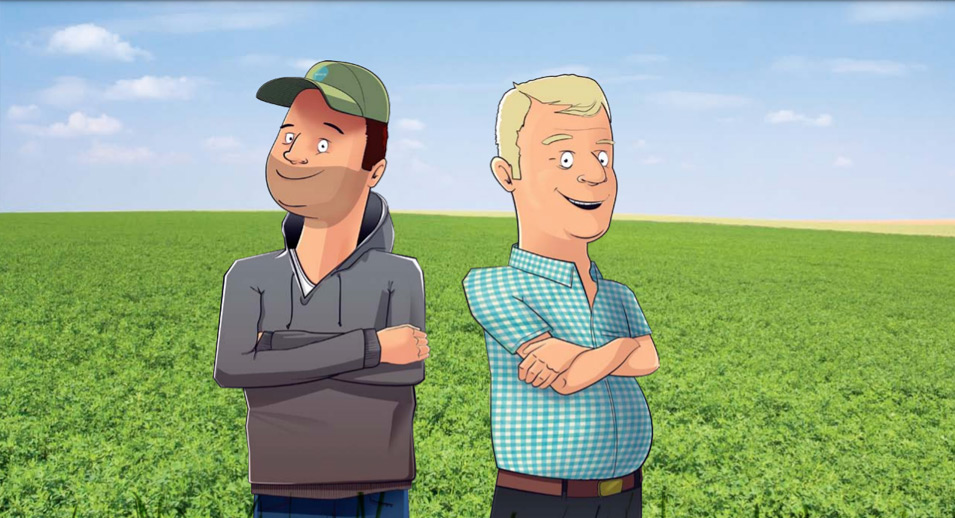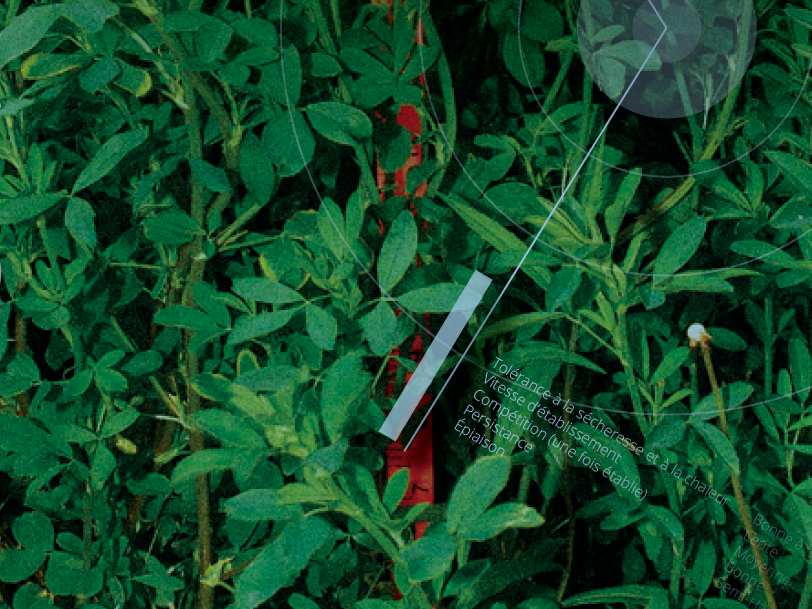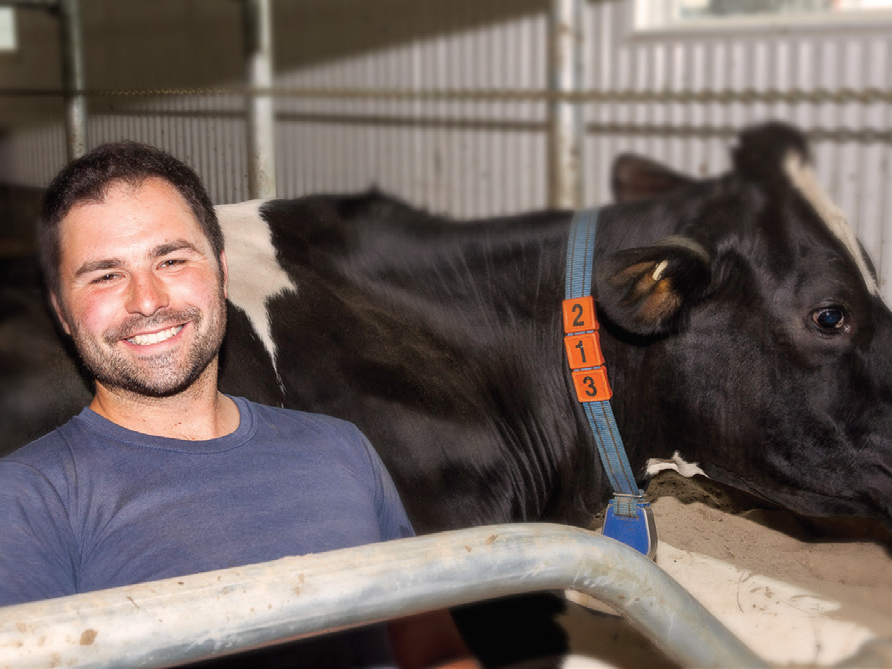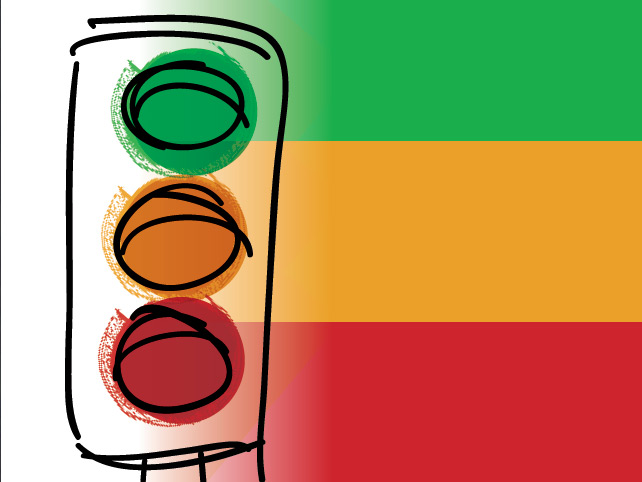Interseeding: what are the options?
- August 5, 2019
All producers are familiar with interseeding, a technique that involves broadcasting red clover seed in the spring while the soil is still frozen. The aim of this practice is to boost the legume content of existing forage stands. The practice also improves the nutritional value of these pastures while reducing their nitrogen fertilizer requirements. This article presents information on different interseeding methods.
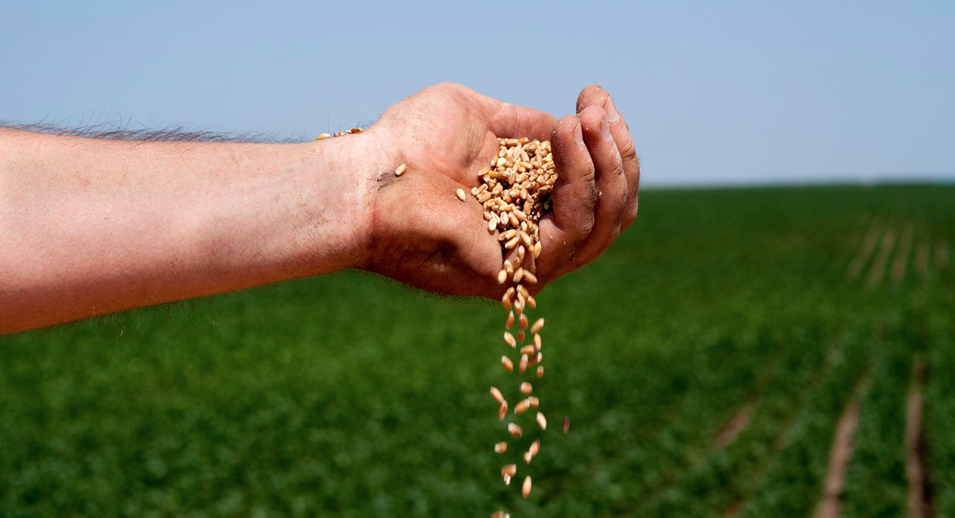
Choosing a seeding method
1. Conventional seeding
The existing stand is completely destroyed by mechanical means and then reseeded with a grass/legume mixture.
1.1 Avantages
- Soils can be amended with lime or manure;
- Helps in destroying perennial weeds.
1.2 Disadvantages
- Greater soil erosion;
- Erosion may wash out seeds or bury them deeply;
- Higher establishment costs;
- Increased competition from annual weeds;
- A companion or cover crop may be required to control erosion and competition from weeds;
- Increased fuel use.
1.3 Best practices for success
- Use certified seeds that are well adapted to your field conditions and region;
- Select sites with low risk of erosion;
- Lime and fertilize soils as needed before seeding;
- A companion or cover crop can be used to control weeds;
- Drill or broadcast seed uniformly at a depth of about 1 cm;
- Roll the seedbed to ensure good seed-to-soil contact;
- Mow weeds and cut the companion or cover crop before it reaches the headed stage.
2. Dormant seeding
Forage seed is broadcast or seeded with a disk seeder at the end of the growing season and prior to freeze up. The existing stand may or may not be destroyed before seeding. The seed remains dormant until the following spring.
2.1 Advantages
- Seeding is done at a time of the year when labour is more available;
- When a disk seeder is used, dormant seeding is more effective than frost seeding;
- Seedlings take advantage of moist spring conditions;
- Stand establishment is fair to good;
- Soil erosion is reduced.
2.2 Disadvantages
- Seeding rate must be increased beyond recommendations when seed is broadcast;
- Mowing or grazing after seedlings have emerged in the spring is essential.
2.3 Best practices for success
- Use certified seeds that are well adapted to your field conditions and region;
- Reduce competition with the existing stand by applying chemicals, mowing or grazing prior to seeding;
- Fertilize soils to meet N-P-K requirements determined by soil analysis;
- Apply lime as required (maximum 4 tons/hectare if soil is untilled).
3. Frost seeding (spring)
Legume and grass (less successful) seed is broadcast in the spring when the soil is still frozen. Repeated freezing and thawing at this time of year will improve seed-to-soil contact. It is best to use vigorous species such as red clover, alsike clover or ladino clover, rather than alfalfa or birdsfoot trefoil.
3.1 Advantages
- No specific disk seeder requirements;
- The workforce is more available at this time of year;
- Soil erosion is reduced.
3.2 Disadvantages
- Stand establishment is generally less successful, particularly under dry spring conditions;
- Seeding rate must be increased to ensure successful establishment;
- Mowing and/or grazing the existing stand is essential to ensure good seedling development.
3.3. Best practices for success
- This practice is not recommended in densely vegetated fields;
- This practice is recommended where the existing forage stand covers less than 50% of the soil surface, to ensure greater seed-to-soil contact;
- Use only certified small-seed species, such as red clover, alsike clover and ladino clover, which are more easily incorporated in the soil during freezing and thawing;
- Lime and fertilize soils as needed.
4. Direct (no-till) seeding
The seed is incorporated into the soil without tilling. This seeding method requires a seeder specifically designed for direct seeding. Existing vegetation in the field must be destroyed chemically, or by mowing or grazing. This technique can be used in the spring, late summer or fall.
4.1 Advantages
- Soil erosion is reduced by up to 90%;
- Uniform seedbed;
- Good seed-to-soil contact for more successful establishment;
- No loss of moisture at seeding;
- Chemically destroyed crop residues help maintain moisture and control weeds.
4.2 Disadvantages
- Cost of chemically destroying the existing stand;
- Soil moisture may be diminished if existing vegetation is not destroyed early enough;
- Seedling growth may suffer if the existing stand is not sufficiently suppressed.
4.3 Best practices for success
- Use certified seeds that are well adapted to your field conditions and region;
- Use a seeder specifically designed for no-till seeding;
- It is critical that all vegetation be destroyed prior to seeding;
- Mow the existing stand after August 1 to ensure good contact between the herbicide and the plant cover;
- Spray the herbicide in the fall, according to recommendations;
- Apply lime and fertilizer (N-P-K) as required.
In conclusion
The current state of your pastures, choosing the seeding method best suited to your conditions, using certified seed adapted to your seeding conditions and suppressing competition are all key elements for successful establishment.
N.B.: Article adapted from: Interseeding, Iowa fact sheet, USDA
